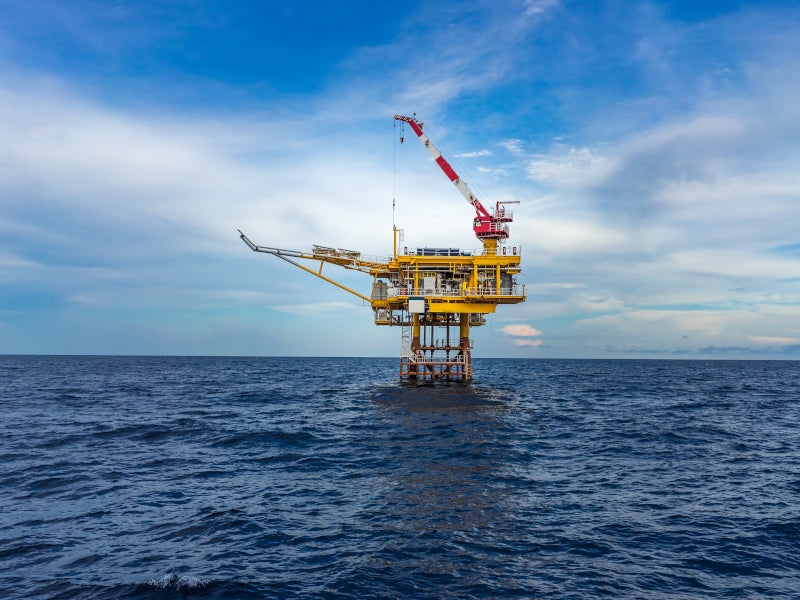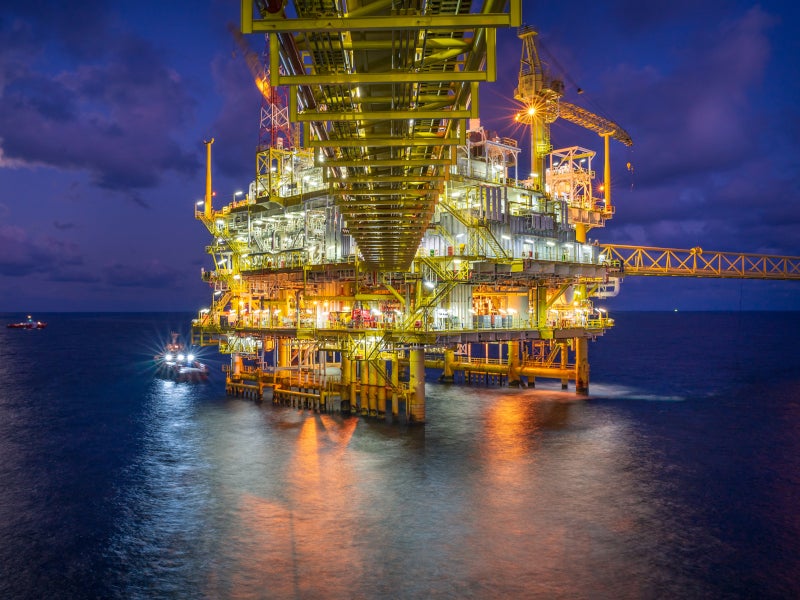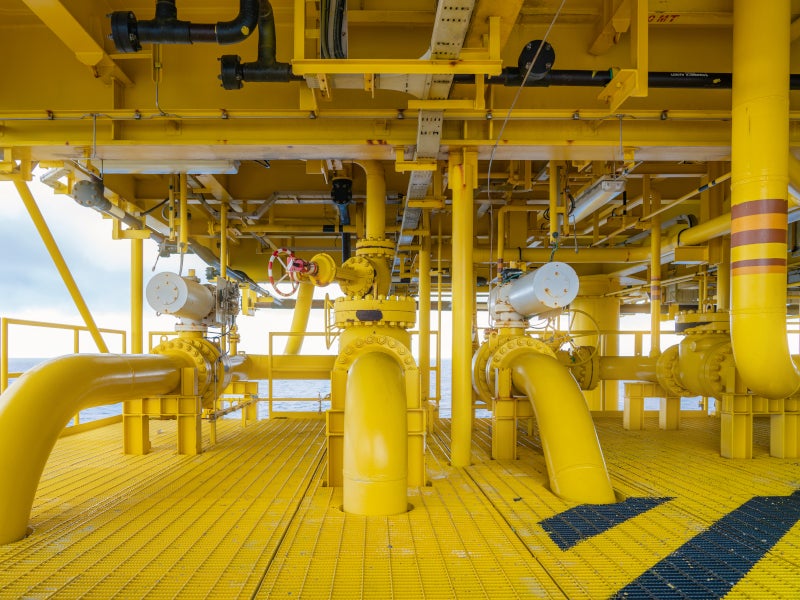Jackdaw is a gas and condensate field proposed to be developed in the North Sea, United Kingdom (UK). The offshore field with ultra-high pressure, high temperature (UHPHT) reservoir will be operated by Royal Dutch Shell.
BG International, an affiliate of Shell UK, holds a 74% interest in the field, while ONE-Dyas E&P holds the remaining 26% stake. BG Group was acquired by Royal Dutch Shell in February 2016.
The project development involves a not permanently attended wellhead platform (WHP) tied-back to the nearby Shearwater platform.
The field operator submitted the environmental statement for the Jackdaw field development to the UK authorities in January 2020.
Although a final investment decision (FID) on the field development was expected by the end of 2020 with the start of production anticipated in 2024, the FID has been deferred to 2021 due to the collapse of oil prices triggered by the Covid-19 pandemic.
Location, discovery and reservoir details
The Jackdaw field is located approximately 275km east of Aberdeen in the central North Sea, UK. The offshore field is spread across blocks 30/02a, 30/03a DEEP, and 30/02d in the eastern part of the Central Graben in approximately 78m-deep waters.
The Jackdaw field was discovered by the 30/2a-6 exploration well in 2005 and was appraised between 2007 and 2012.
The field’s reservoir is located approximately 5,182m beneath the seabed and comprises the source rocks of the Upper Jurassic Heather Formation.
The reservoir’s temperature and pressure are approximately 191°C and 17,000psi respectively.
Jackdaw field development plan
The initial Jackdaw offshore field development plan involves the installation of a not permanently attended wellhead platform which will be tied-back to the Shearwater platform. The wellhead platform will be operated remotely from the Shearwater platform.
The Jackdaw wellhead platform will consist of a four-legged steel jacket and a 3,500t topside. It will be capable of handling 215 million cubic feet (mcf) of gas a day.
A heavy-duty jack-up drilling rig will be used to initially drill four wells from the wellhead platform. The depth of the wells will be approximately 6,000m.
A 31km-long and 18in-external diameter pipe-in-pipe pipeline will be constructed to transport the well stream to the Shearwater platform. Diesel generators will be used to power the wellhead platform.
The gas and condensate produced at the Shearwater platform will be exported through the Fulmar Gas Line and the Forties Pipeline System (FPS) respectively.
Shearwater platform
The Shearwater, located approximately 30km northwest of the Jackdaw field, has been producing since 2000.
Also operated by Royal Dutch Shell, the Shearwater field comprises the Shearwater A wellhead platform and the Shearwater C integrated process, utilities and quarters platform. The Shearwater A and Shearwater C platforms are connected by an 80m-long bridge.
The design capacity of the Shearwater platform is 410 million cubic feet (mcf) of gas and 99,000 barrels of condensate a day.
A new riser will be installed on the Shearwater A wellhead platform to connect the export pipeline from the Jackdaw field.
Contractors involved with the Jackdaw field development
Kvaerner was contracted to provide early phase design engineering services for the unmanned Jackdaw wellhead platform in June 2019. Rosetti Marino Group received a contract to perform the front-end engineering and design (FEED) study for the Jackdaw wellhead platform in July 2019.
Genesis Oil and Gas Consultants was engaged in preparing the environmental impact assessment (EIA) of the project.





